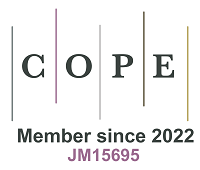fig2

Figure 2. Cross-section of the neurovascular unit (NVU) in a normal brain vs. an Alzheimer’s disease (AD) brain. The blood-brain barrier (BBB) consists of endothelial cells joined by tight junctions, basement membrane, mural cells (i.e., pericytes and vascular smooth muscle cells), enclosed by astrocytic endfeet. Neurons and microglia closely associate with the BBB. In the AD brain, the NVU undergoes morphological and structural changes due to AD pathology. Amyloid-beta plaques complexed to fibrin result in neuroinflammation and BBB disruption, including activated microglia, swollen astrocytic endfeet, and compromised tight junctions. Created with BioRender.com.







